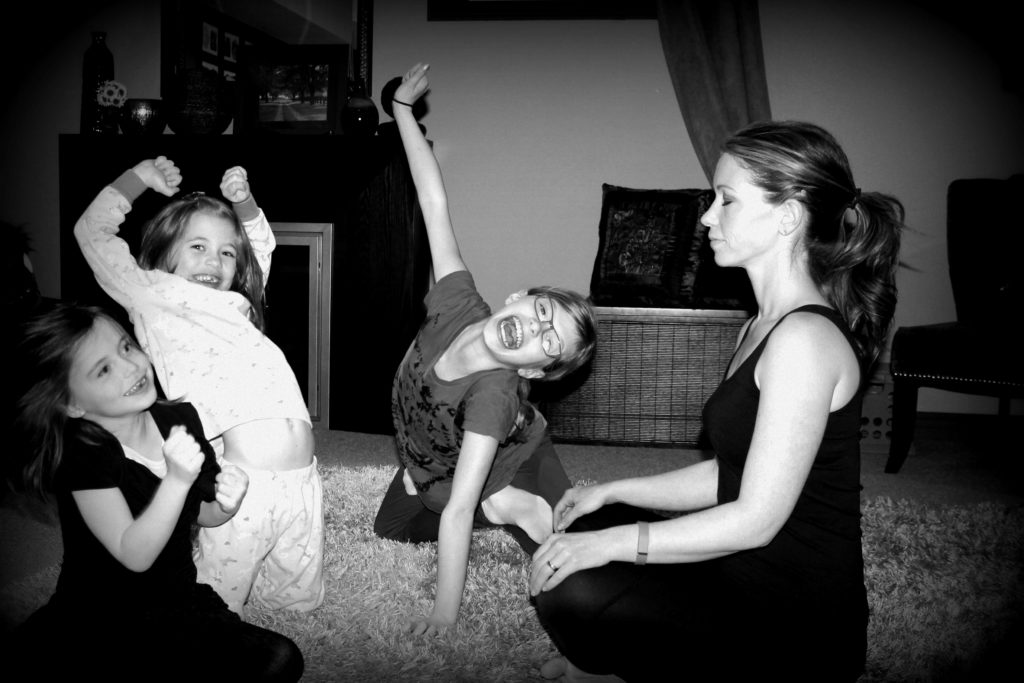So here we are well into the New Year, this begs the question how are we doing with those resolutions? My response to that inquisition is pretty typical for me around this time of year, still struggling to make it fit into my routine. To recap, my resolution was to commit to setting aside time to learn the art of meditation.
It’s been said that it takes approximately two weeks to drop a habit but how long should you invest in adopting a new one? To coincide with a busy home life and a plethora of outside commitments there is always an ongoing struggle to find focus in the mayhem.
With life pulling us in every direction it is sometimes (most times) easier to say you will make time for a goal, than it is to follow through. So easily the food prep, laundry, homework, and nightly bedtime routines take precedence. We start off with great intentions to focus on our own needs but before we know it we are dragging our depleted bodies down the proverbial hall at an ungodly hour, ultimately giving in to the fatigue with self-made promises that there is always tomorrow.
So here’s what I’ve learned thus far:

- Location Matters
There’s a real estate mantra that also works in this occasion; location, location, location. During the planning phase I learned that when one is preparing for meditation the key to your success is comfort and position. In hindsight I may have taken THIS step a little too far. Translation: under the covers in a dark room in the fetal position may be just a tad too much comfort, in my defense this is a legitimate meditation position. With an App as my guide I drifted into my silent retreat, unfortunately this lead to a 40-minute nap that I had neither anticipated nor had time allotted for. So the lesson is if you are like me and you have the willpower of a lemming an upright position (sans duvet) is a safer bet. Either way you don’t have to travel miles away from civilization to meditate. Find a quiet place in your own home, and drift into meditation.
- Don’t Try Too Hard
Pressuring yourself to clear the mind with high expectations of a religious experience is enough to scare off even the most devoted pupil. If you look up the definition of “to meditate” you’ll find, to spend time in quiet thought for religious purposes or relaxation (Merriam-Webster Dictionary). So you see it really isn’t just reserved for saints and monastics. While it would certainly help to have the assistance of an influential pundit, it can really be as simple as finding a quiet space, a straight spine and breathing as your soundtrack. How often do you have the privilege in life to be instructed to do and think absolutely nothing? Never, that’s why it seems so unattainably terrifying, but let me tell you once you start allowing yourself this selfish obligation there’s no looking back.
- No Interruptions Allowed!
This has been my biggest struggle.
Remember at the peak of your prepubescent glory when you spent your quality time creating signs to adorn your bedroom door, witty notices that warned such things as “No Boys Allowed” and “Stay Out or Else!”? I coveted this time to doodle boy’s names on scratchpads or shave fauxhawks onto my now uber trendy doll’s head, whom I’d later rename by means of a rad tattoo, “Cecilia”. See what happens when I let my mind have free rein, but I digress. At the time this was a form of reflection for me, quiet time spent focusing on a humble task. Rarely now is there a pocket of time not already committed to one thing or another, that I can dedicate to contemplating nothing.
The conclusion for me has been to carve out an allotted time to decompress as part of my bedtime routine. Another option I have found feasible is setting my alarm five minutes earlier, okay fifteen so I can press snooze twice, whatever works.
Amends with Benefits
When you are educated about the benefits of making amends to a commitment, to something like meditation, it will make finding the time to follow through less of a chore. For example, meditation has been credited with helping to transform a negative mindset to one that radiates positivity. Who wouldn’t love that side effect? Meditation has also been known to reduce the symptoms of Anxiety, Depression and ADD (Attention Deficit Disorders) in both children and adults. A few minutes a day can mean a decrease in stress levels, an increased immune system and even a reduction in the signs of aging. I’m in!

The word Mantra is Sanskrit, “Man” meaning “mind” and “tra” meaning “instrument”. The mind is a unique instrument without it our choir would be impulsively unoccupied. So as much as it makes sense to keep an instrument in tune, it’s worth taking the time to tune the mind and ensure longevity of our physical and emotionally wellbeing.
If you haven’t noticed yet I love definitions, the definition of the word resolution (again according to Merriam-Webster) is the act of determining. So now the question is, how determined are you to turn five to ten minutes a day into a lifetime of happiness and health.
Ready to join me, here’s what you need to start:
- peaceful or soothing music with or without lyrics
- comfortable clothing
- a mat
- quiet space devoid of interruption (Godspeed)
- peaceful images to clear your mind (think beautiful tropical beach)
If you struggle with clearing your mind try imagining each of your body parts one by one releasing the day’s stress. Start at the top of your head, moving through your face, down your neck, into your body and out to your limbs, all the way down to your toes. Relax each muscle individually exhaling before you move on to the next. To make it even easier for you here’s a guide to the most common positions used by meditation teachers. Disclaimer: use the fetal position with caution.
Need more guidance? Here are some Apps to get your started:
Buddhify (http://buddhify.com/)
Omvana (http://www.omvana.com/)
Mindfullness App (http://www.mindfulness-app.com/)
Sattva (http://www.sattva.life/app-download)
Still not convinced? Dig out your favorite crayons! My next article will explore non-traditional methods of meditation and relaxation…




